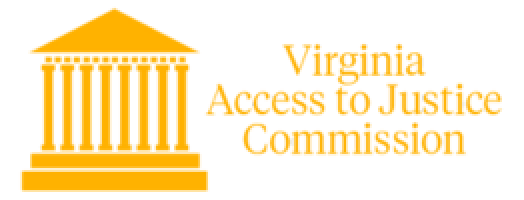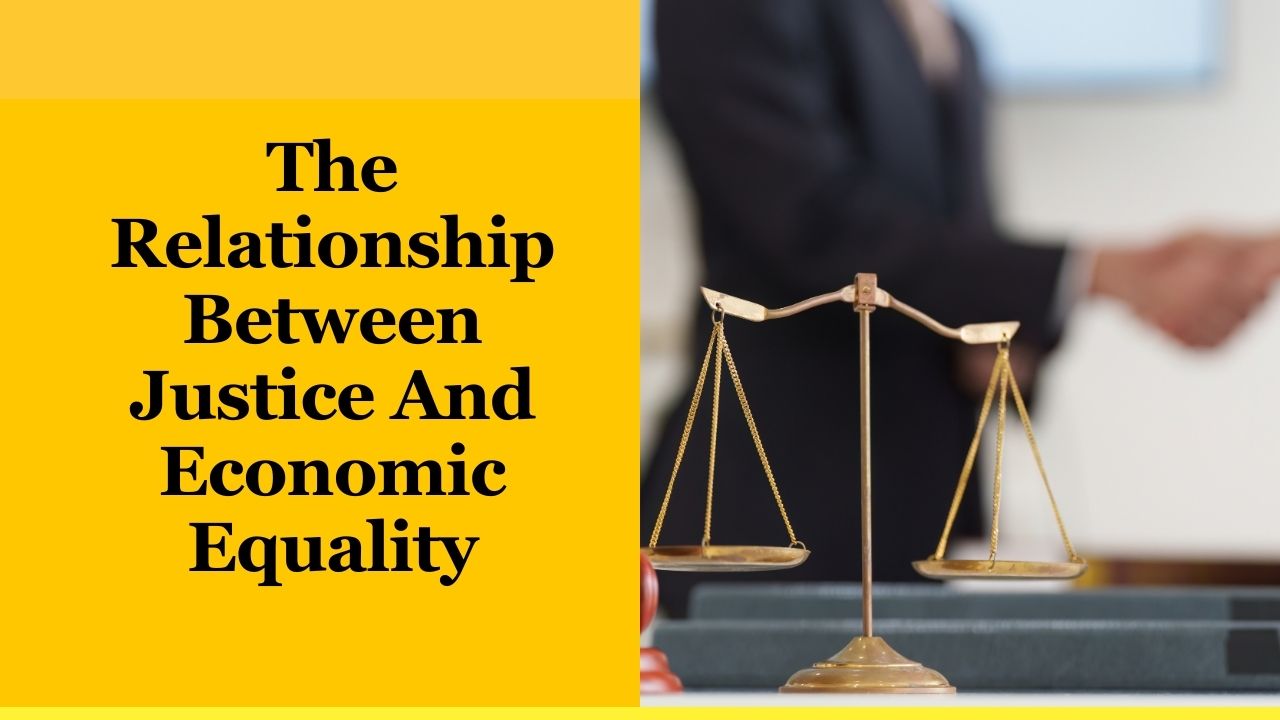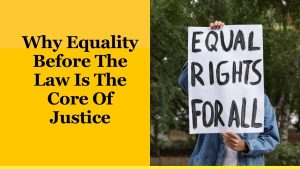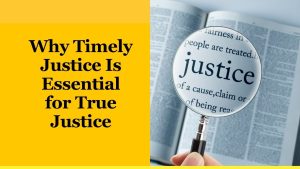A society’s justice system is the rulebook of its economy.
When laws are clear, rights are enforceable, and courts are accessible, workers and families are protected from wage theft, unfair evictions, predatory lending, and discrimination.
That protection keeps income in people’s pockets, supports social mobility, and narrows economic inequality.
When justice is weak or unaffordable, households lose money they are legally owed, and small problems snowball into poverty.
The Core Link- Rule Of Law, Trust, And Growth
Rule of law builds trust. Businesses invest and hire confidently when contracts are enforced and corruption is punished.
Households spend and plan when they know consumer and housing laws actually work.
This virtuous cycle boosts productivity, widens opportunity, and reduces gaps in income and wealth.
In short, justice is not separate from the economy—it is infrastructure for prosperity.
How Justice Systems Shape Distribution
Justice affects distribution through five channels:
- Enforcement Of Everyday Rights
Wage and hour laws, tenant protections, and consumer rules are only as good as their enforcement. If people can recover unpaid wages or stop illegal fees, inequality shrinks. - Access To Legal Help
Legal aid, simple procedures, and plain-language forms turn paper rights into real outcomes. When help is available, low-income households are more likely to keep housing, income, and benefits. - Fair Markets And Competition
Strong antitrust and anti-corruption enforcement prevent market power abuses, lower prices, and raise the labor share of income—supporting economic equality. - Equal Protection And Anti-Discrimination
Enforcing anti-bias laws expands access to jobs, credit, and housing. That raises lifetime earnings for groups historically excluded from opportunity. - Effective Tax And Transfer Administration
Even the best-designed tax credits and cash supports fail if people can’t access them or if payments are slow or error-prone. Justice-grade administration ensures help reaches those who qualify.
Evidence At A Glance- What Works
Below is a practical snapshot of justice levers with clear economic effects.
| Justice Lever | What It Does | Typical Impact On Equality | Practical Takeaway |
|---|---|---|---|
| Civil Legal Aid & Simplified Courts | Converts legal rights into real protections for wages, housing, family safety, and benefits | Prevents unlawful income loss, reduces evictions, stabilizes families | Funding legal aid and simplifying forms/processes is a high-ROI way to cut poverty |
| Labor & Housing Enforcement | Recovers unpaid wages; stops illegal fees and evictions | Raises disposable income at the bottom; preserves employment and schooling | Proactive inspections and quick remedies prevent small violations from becoming crises |
| Consumer Protection | Curbs predatory lending, junk fees, and abusive collections | Reduces debt traps and wealth erosion | Transparent pricing, caps on abusive practices, and strong penalties protect low-income households |
| Competition Policy | Limits monopolistic pricing and encourages entry | Shifts income toward workers and consumers | Modern antitrust tools help prevent price gouging and wage suppression |
| Anti-Discrimination Enforcement | Ensures fair access to jobs, credit, housing, education | Narrows earnings gaps and increases mobility | Regular audits, clear complaint paths, and timely remedies make equal protection real |
| Efficient Benefits Administration | Delivers tax credits and transfers accurately and on time | Lifts incomes after taxes and transfers; reduces hardship | Automate eligibility, cut paperwork, and use plain-language notices to boost take-up |
The Justice Gap: Rights On Paper, Barriers In Practice
Many households face a justice gap—they have rights but cannot afford a lawyer, don’t understand complex forms, or lack time off work to appear in court.
The result is predictable: missed deadlines, default judgments, and lost income.
Closing the justice gap with legal aid, online filing, evening/remote hearings, and navigator help keeps families stable and reduces the downstream costs of homelessness, job loss, and health problems.
Why Administrative Fairness Matters
Administrative justice—accurate notices, appeal rights, clear deadlines, and timely decisions—sounds technical, but it directly affects economic equality:
- Clarity prevents wrongful denials of benefits and services.
- Speed avoids late fees, interest, and cascading penalties.
- Due process lets people fix errors before income is cut off.
When agencies publish dashboards, track error rates, and run equity audits, trust rises and outcomes improve for everyone.
Smart Design Principles For 2025 And Beyond
To translate justice into equality, policymakers and institutions can focus on six design rules:
- Default To Simplicity
Use plain language, short forms, and mobile-friendly processes. If a high-school student can’t complete a form without help, it’s too complex. - Bring Help To Where People Already Are
Co-locate legal aid and navigators in clinics, schools, libraries, job centers, and housing courts. Make help visible, normal, and stigma-free. - Resolve Problems Early
Early interventions like mediation and diversion avert evictions, wage losses, and utility shutoffs—cheaper and fairer than late fixes. - Use Data Ethically
Track outcomes by neighborhood and demographic group to find gaps, then fix them. Publish metrics to build trust. - Align Enforcement With Harm
Aim inspections and investigations where violations are common and damages are large—labor-intensive sectors, high-eviction hot spots, and debt-collection hubs. - Protect Against Capture And Bias
Strengthen conflict-of-interest rules, rotate assignments, and require transparent reasoning in decisions to keep institutions fair.
What Communities, Businesses, And Courts Can Do Today
- Local Governments: Fund targeted legal aid, run eviction-prevention pilots, and create one-stop portals for benefits, debt relief, and wage claims.
- Courts: Offer remote appearances, standardized forms in multiple languages, and text reminders so people don’t miss hearings.
- Businesses: Adopt fair-work practices, transparent pay bands, and consumer-friendly contracts. Compliance is cheaper than litigation—and it builds brand trust.
- Nonprofits & Schools: Provide know-your-rights workshops, campus legal clinics, and referral networks.
- States & National Agencies: Modernize benefits delivery, automate eligibility where lawful, and prune rules that create red tape without adding integrity.
Justice is economic policy by another name.
When rights are enforced, legal help is accessible, markets are fair, and benefits are delivered accurately, households keep more of what they earn, poverty falls, and economic equality improves.
The path forward is practical: simplify rules, resolve problems early, target enforcement to real harms, and publish results.
These steps strengthen trust, reduce costly crises, and create the level playing field where people and businesses can thrive together.




